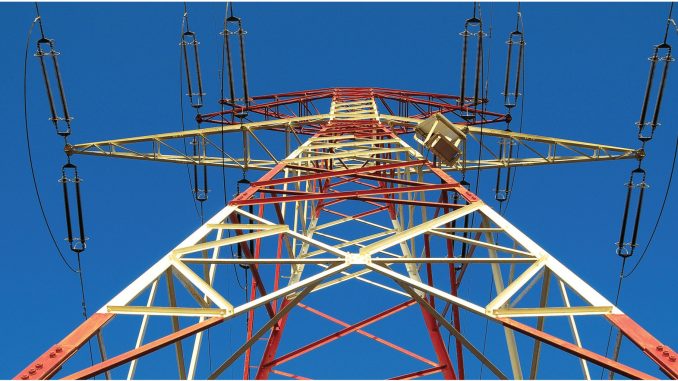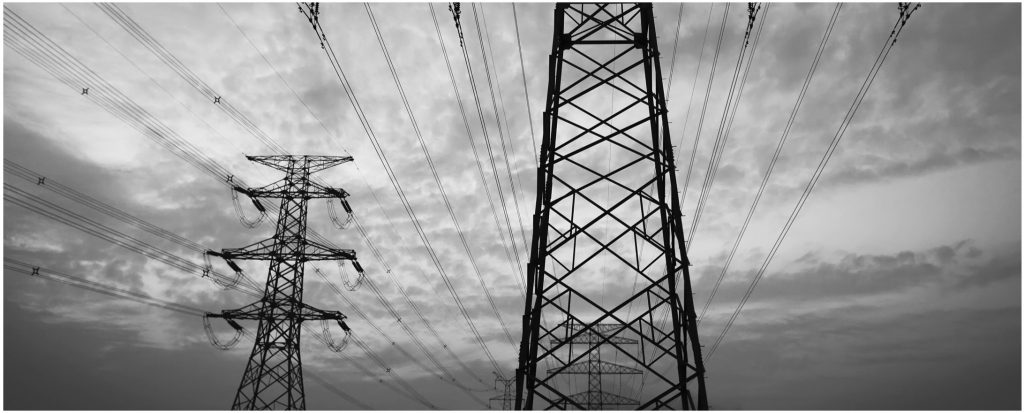
Long distance transmission of power is one of the focus areas of the power sector. The need for ensuring efficient long distance power transmission emerges from the huge distance between generating stations and demand centres. For power transmission over long distances, it is necessary to have an efficient transmission network in place that entails minimum transmission losses. This is driving the development of ultra high voltage (UHV) transmission networks in the country. The UHV transmission network comprises voltages of 1,000 kV or above in alternating current (AC) and 800 kV or above in direct current (DC). In addition to improved efficiency of power transmission, the UHV system significantly reduces the space requirement of transmission networks.
In the UHV segment, switchgear constitutes a critical component of the equipment supply chain. The switchgear industry’s growth so far has been due to the strong demand for low and medium voltage switchgear from distribution and sub-transmission networks. Notably, in low and medium voltage switchgear, the Indian equipment market has a large number of suppliers that compete with global majors on prices. However, in the coming years, the demand for high voltage and UHV switchgear is expected to drive the growth of the industry, given the government’s thrust on ramping up transmission infrastructure.
UHV network
In India, the development of the UHV network has recently witnessed a push, and is expected to gain momentum in the near future. In September 2015, Power Grid Corporation of India Limited (Powergrid) commissioned the first pole of the ±800 kV Biswanath Chariali-Agra high voltage direct current (HVDC) line. It is the world’s longest multi-terminal HVDC transmission line and the first ±800 kV HVDC line in the country. With a length of 1,750 km and a power transfer capacity of 6,000 MW, the bipole line extends from Biswanath Chariali in Assam to Agra in Uttar Pradesh via Alipurduar in West Bengal. The line is expected to be fully operational by August 2016. On completion, it will connect the north-eastern region of the country with its other regions.
In addition, two ±800 kV HVDC transmission line projects are under construction in the country. These are the 1,286 km long, 6 GW Champa pooling station– Kurukshetra line, for transferring power from the coal-rich state of Chhattisgarh to the northern region; and the ±800 kV Raigarh–Pugalur line with a capacity to transfer 6 GW of power from Chhattisgarh to Tamil Nadu. Powergrid is implementing both the projects.
Further, in June 2016, Powergrid operationalised a 1,200 kV UHV national test station (NTS) at Bina in Madhya Pradesh. The NTS is a research and development project, which will be monitored for two years. Thereafter, the Central Electricity Authority will analyse its performance and accordingly decide whether to replicate the technology elsewhere in the country. The 1,200 kV substation’s power carrying capacity is five to six times more than 400 kV stations. The NTS consists of two 1,200 kV bays with 1,200 kV single circuit and double circuit test lines of 1 km each. The equipment for the 1,200 kV substation has been developed by 35 Indian manufacturers including Bharat Heavy Electricals Limited and Crompton Greaves.
In addition, Powergrid is building nine high-capacity transmission corridors comprising 765 kV AC and ±800 kV, 3,000 MW HVDC lines. The corridors will facilitate power evacuation from 48 independent power producers with a gross generation capacity of over 50,000 MW. The projects entail an investment of over Rs 580 billion.
Growth drivers
India has a number of existing and upcoming generating stations, but they are concentrated in a few states. Therefore, UHV transmission systems are needed to transmit power from these stations to load centres that are spread across the country. The UHV transmission line minimises the network losses and enhances the overall efficiency of the transmission network. It is best suited for long distance bulk power transmission.
There are other complex problems in the power supply system. The hydro potential, concentrated in the north-eastern region, is transmitted to other parts of the country through a narrow transmission corridor. In addition, wide variations are experienced in generation and load demand on a daily and seasonal basis. As a result, each transmission corridor experiences multi-directional power flows as well as wide variations in voltages. UHV transmission systems are an ideal solution to meet the country’s long-term power transfer requirements.
Another growth driver for UHV transmission is the right-of-way issue faced in the erection of transmission lines. Power utilities often experience difficulties in finding the required corridor for new transmission lines. The UHV transmission line helps overcome these challenges by allowing more power flow from the existing transmission lines.
Large scale integration of renewable energy also drives UHV transmission, particularly for wind and solar energy projects that are located at a long distance from the load centres. With India’s ambitious plan of installing 175 GW of renewable energy by 2022, the need for UHV networks is expected to increase in the country in the coming years.
Concerns and the way forward
One of the biggest deterrents to the widespread development of the UHV technology market is its inherently high cost. Estimates show that the cost of a 1,500 kV line is 3.5 times more than that of a 765 kV line. However, the power transfer capacity is also 4.2 times higher than a 765 kV line. These are only indicative estimates as the cost-benefit comparison for a utility is always determined by factors specific to the project.
Another challenge for the entire transmission equipment industry including the UHV segment is the lack of testing facilities. The Central Power Research Institute, which is responsible for the majority of equipment testing undertaken in India, does not offer the facility to test high voltage equipment. The few facilities in Bhopal, Bengaluru, Hyderabad and Noida are inadequate both in terms of capacity and voltage class. It may lead to delays in testing if the equipment is sent abroad for testing. Other concerns for the industry are shortage of skilled manpower, lack of standardisation in technical specifications, delays in bidding processes, one-sided contract terms and delays in inspection.
Conclusion
Net net, UHV power transmission is the need of the hour in the Indian power sector. The capacity addition at UHV levels is expected to grow in the near future with the growing power demand, integration of renewable energy, push to hydropower generation, etc. This also augurs well for various government schemes such as Power for All by 2019, rural electrification, etc. as the UHV transmission network will augment last mile availability of power. The development of UHV networks will not only improve the overall power infrastructure but also promote the development of low-cost manufacturing of UHV equipment in the country.

